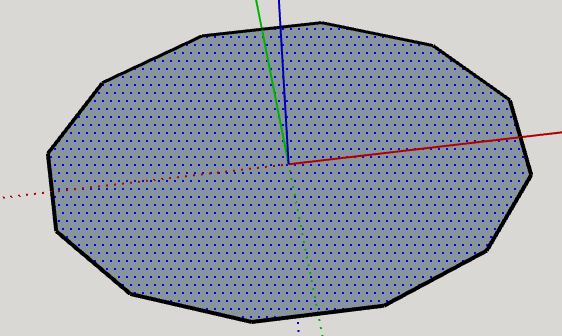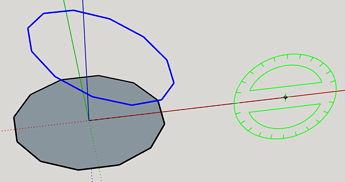Hi all! I enjoy using sketchup to dream and design cabins. Hopefully someday, I will find a design that I love, and have the finances and time available to bring my dream to life!
I was working on my most recent design, and in recent builds, I have taken the challenge upon myself to build as many of my own components as possible, as the design comes together. I believe this helps to refine my skills, and challenge me in new ways.
The larger challenge here was to build a wood stove, with a stove pipe that goes up and out of the building. I believe the stove has come together nicely. The straight stove pipes, although challenging, have also been achieved. My next step is to create a segmented stove pipe “elbow” (which would be used to achieve a 45 or 90 degree turn in the stove pipe). I did search the Warehouse before attempting the build, and only found a single item, which isn’t a very detailed object - so I was hoping to make something more visually accurate available to the sketchup community.
It has proven to be very difficult!
From the designs I’ve seen on Google Image search results, it appears that most elbows have 4 cylindrical segments in them, two on the ends that are flat on one side, and beveled to 22.5 degrees on the other. The two inside pieces go from 22.5 degrees to 45 degrees.
I first attempted to use the push/pull, then the move tool, to create each segment, but I could not manipulate the object into the correct shape. So I moved to creating two circles, and joining each segment of the circle with a line. As you can (hopefully) see from the screen shot, I was able to successfully join the ‘outer’ segments together, and complete the side walls of the structure.
Once I started to create the inner segments - I made my two circles, the first rotated to 22.5 degrees, and the second rotated to 45 degrees. I then started making lines between the circle segments, as I did with the first object… (in the screen shot, you can see the first two lines near the bottom of the circles) …but I could not get sketchup to ‘fill in’ the squares that make up the outer walls of the segment. I find this strange, because I was able to get these “trapezoids” to fill in on the first segment, but not on the second segment.
I am wondering - have I reached a limitation of sketchup? Or am I possibly coming at this from the wrong perspective?
Thank you for any suggestions or input you might be able to offer me. I greatly appreciate it!
Steve








